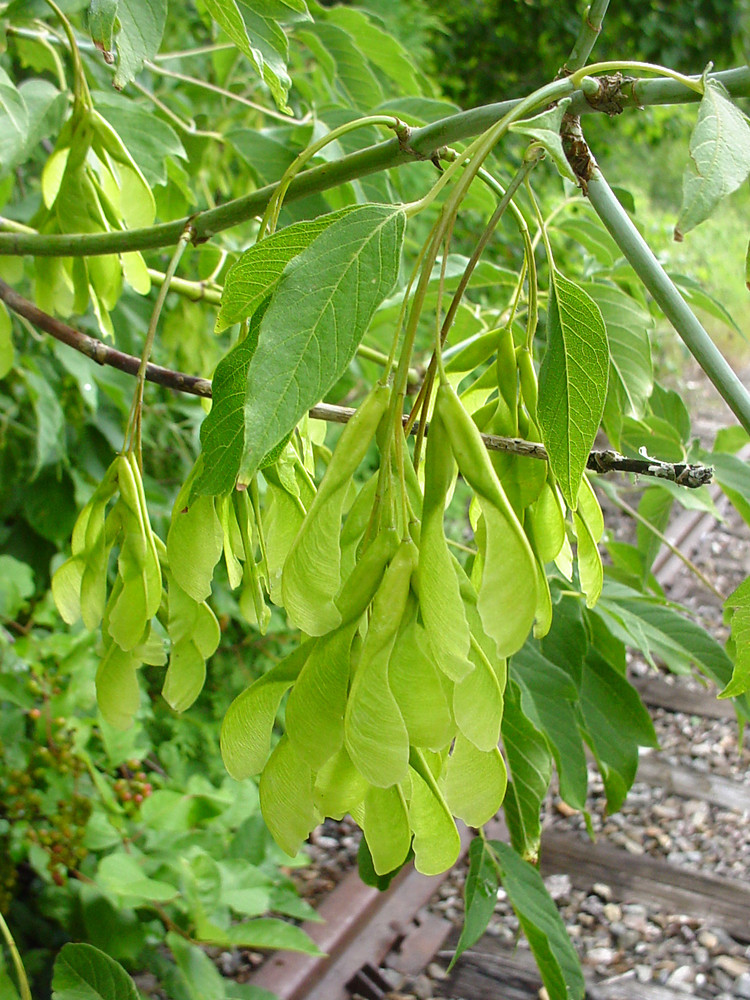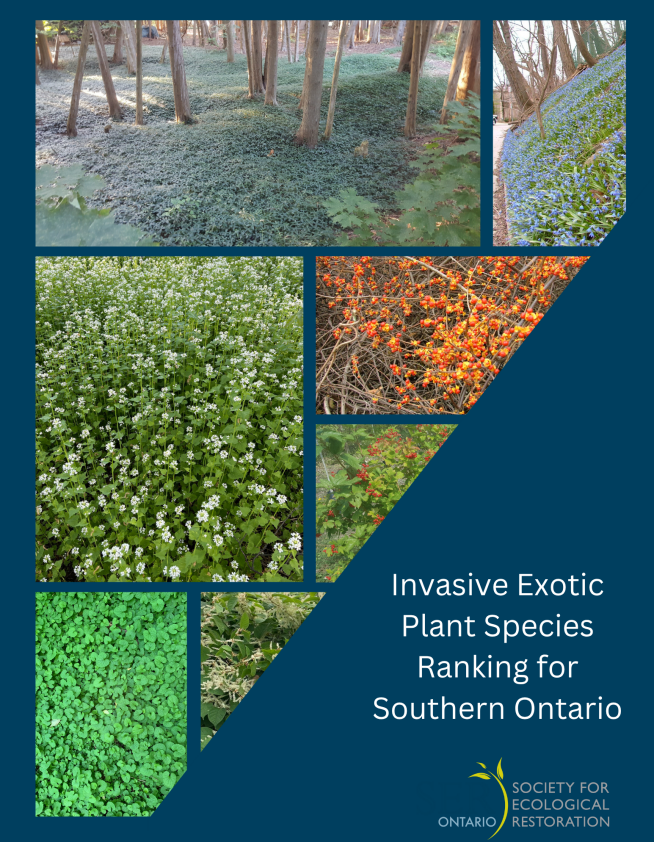
“A landscape populated by nonnative plants is, for wildlife, the equivalent of a desert.” – Margaret Renkl, The Real Aliens in Our Backyard
Below are some of the invasive exotic species found in southern Ontario, according to observations from UFORA and our colleagues.
We use four categories to sort invasive species based on their greatest negative effect to local ecosystems.
The term “invades” refers to exotic species that become significant in a new area; “dominates” means that the species excludes most others; “native” is the same as indigenous.
Species marked with an (*) may be native to parts of Ontario, but they display aggressive behavior that threatens natural biodiversity in certain areas, usually aided by human activities.
They are considered invasive exotic plants outside their natural range. We are in the process of revising this list for the Invasive Species Centre. We’ll post the new list when it’s finished.
Manitoba Maple seeds
Read more on invasive plants: Invasive Exotic Plant Species Ranking for Southern Ontario

